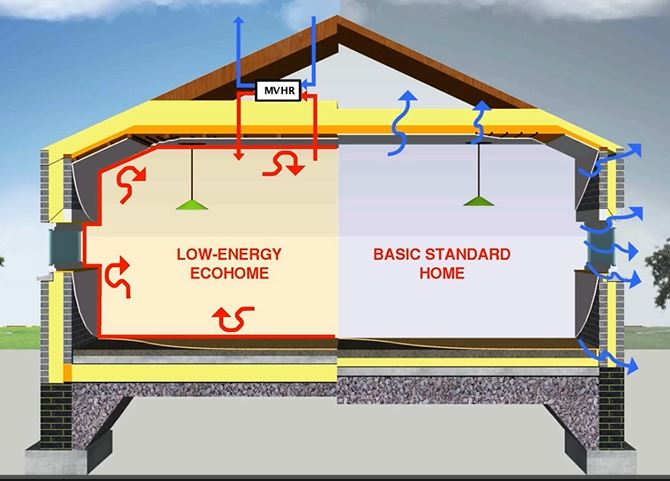About us

air tightness products, energy saving homes
ECOHomes Store is based in Ballymena, supplying the whole of Northern Ireland with Air Tightness and Thermal Bridging products to enhance the energy performance of your home or Self Build project or for a passive house. We are not just suppliers, we can advise you on the best materials to suit your home or self build including the installation process. We can also create technical installation drawings to help with the installation process of our air tightness materials! Our staff have took part in passive / Low energy detailing training programs to enhance our knowledge and expertise in air tight materials, thermal bridging and air tight membranes that you could install in your building project.
Contact us today for a chat about your project for advice on product selection or a quotation from your current plans..
